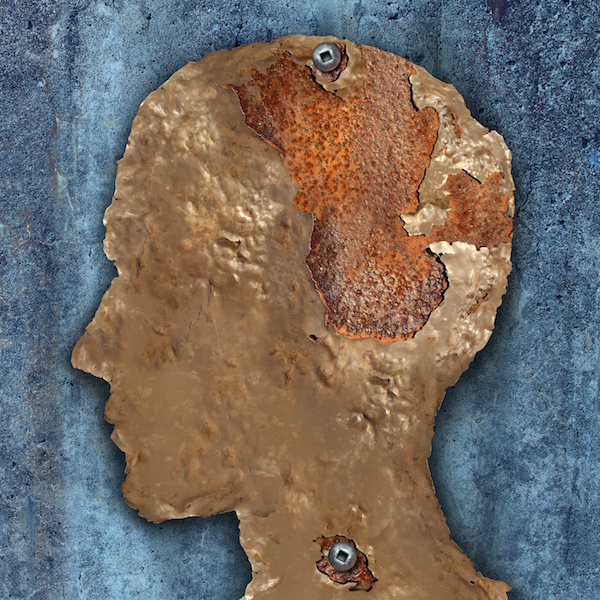
THURSDAY, April 29 (HealthDay News) — A gene mutation that causes a phenomenon known as mirror movements has been identified by researchers.
People with involuntary mirror movements are unable to move one side of their body without moving the other. For example, when they open and close their right hand, the same movement occurs unintentionally in the left hand.
In the new study, researchers analyzed the genes of a French Canadian family and an Iranian family affected by mirror movements and compared them with the genes of 538 individuals without the disorder. The investigators pinpointed a gene mutation called DCC (or deleted in colorectal carcinoma) as the cause of the disorder.
“Our study suggests that individuals with mirror movements have a reduction in the DCC gene product, which normally tells the brain cell processes to cross from one side of the brain to the other. Simply put, DCC mutations have an impact on how the brain communicates with the limbs,” senior study author Dr. Guy Rouleau, a professor at the University of Montreal and director of the Sainte-Justine University Hospital Research Center, said in a news release.
“Our study provides important clues as to how the human brain is made. One of the mysteries in neurology is how and why the nervous system crosses [the brain] — now we have helped reveal the ‘how,'” he added.
The study, published in the current issue of the journal Science, is the first to indicate a role for DCC in the formation of brain cell connections in humans.
More information
The American Association of Neurological Surgeons has more about movement disorders.

